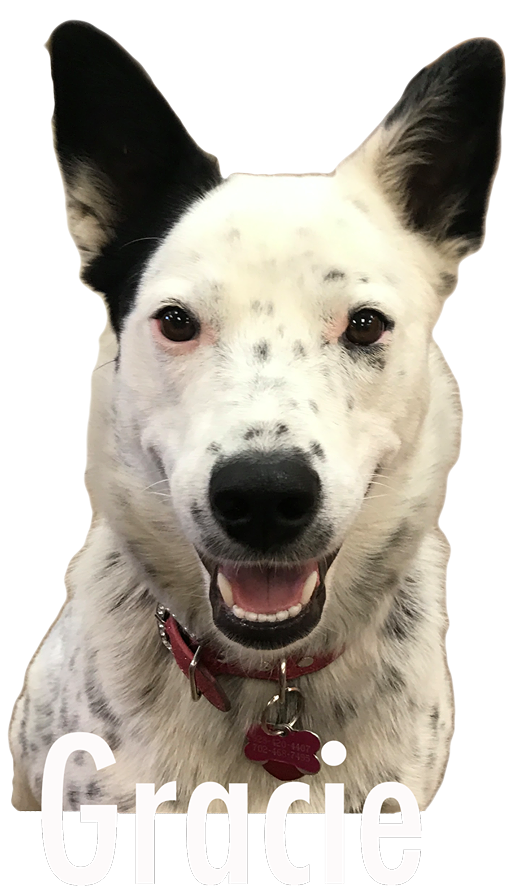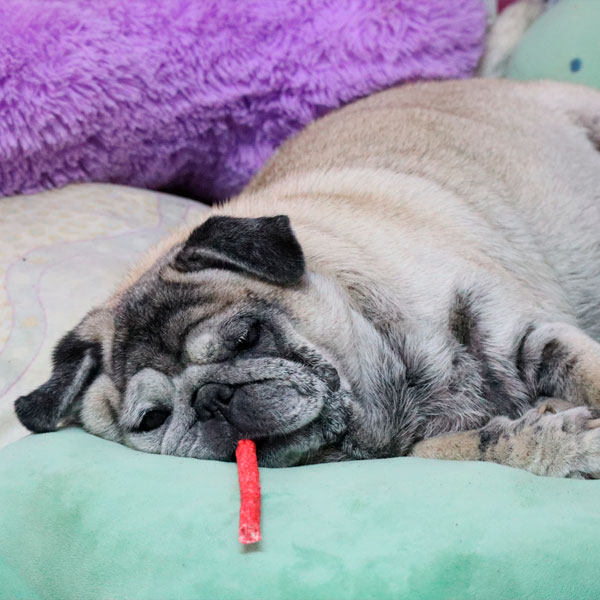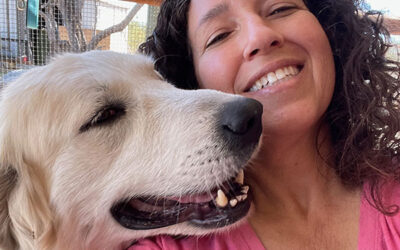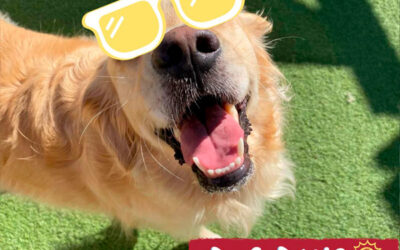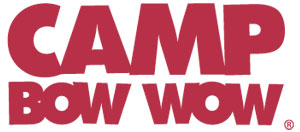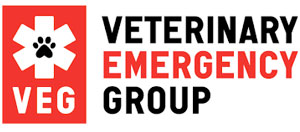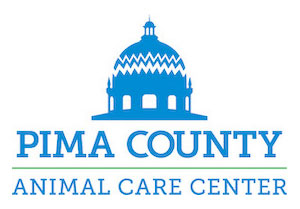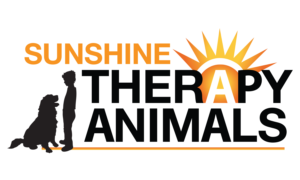Take a look at this simple chart to see how your dog’s body compares to the healthy weight example. This chart applies to cats as well. Plan for your pet to achieve the Ideal Body Score of #5 on the chart.
For starters, you should never put your dog on a diet without the assistance of your veterinary healthcare team. This is due to the fact that there may be a medical condition that is causing your dog’s excess weight. Some common diseases associated with weight gain include hypothyroidism and hyperadrenocorticism or Cushing’s disease. These diseases, along with others, should be eliminated as possible causes or contributors to your dog’s weight issue prior to beginning a diet. Too many dogs start on a diet and fail to lose weight simply because the diet wasn’t the problem – a disease was.
Feed them on a schedule. Many people equate food with love. If you leave food down “free-choice” for your dog (or cat), you are likely overfeeding them. You should have set meal times, and use an accurate measuring cup to ration out your pet’s food. You should check the chart on the back of their feed bag for suggested amounts. Keep in mind that every dog is an individual. Your dog may need less or more food than is suggested, so adjust the amounts as necessary. If your dog doesn’t finish their meal within 15 minutes, remove the food and feed it again at dinner time.
Get them active! Just like humans, in order for your dog to lose weight and get in shape, they need to exercise! Swimming is a great exercise for dogs who are very obese and have trouble getting around. It is much better for their joints, too! Walking, hiking and jogging can be great for your dog, too. Just be sure to keep the running to a minimum. All those extra pounds put a real strain on your dog’s joints, ligaments, and heart. Fetch and other active games can be fun, but remember to keep them short!
Weigh Your Dog Regularly. Almost all vet offices, and even some pet stores, will allow you to use their dog scales free of charge. Knowing exactly what your dog weighs can help you judge how effective your plan for their weight loss is. For smaller dogs, you can figure out your dog’s weight by holding them as you step on the scale. Then, put them down and measure your weight without them. Subtract that from your combined weight, and you have your dog’s weight.
Find the right chew. Dogs love to chew. If you can provide them with the right, healthy, edible chew, you can meet their biological needs and keep them happy and satisfied. Dried tendons, steer sticks, and similar chews work well unless they’re small enough for the dog to swallow. Fresh, raw (not cooked!) bones, antlers, and No Hides chews are also great options. Some dogs go crazy for roasted sweet potatoes. Whatever you do, don’t give them rawhide. Rawhide is very toxic and should be avoided at all costs.
So, how does your dog’s weight stack up? What changes can you make to their lifestyle to help them live a happier, healthier, longer life?
Contact Alison Martin is the Founder of Animal Soul Connection. Email: alison@animalsoulconnection.
